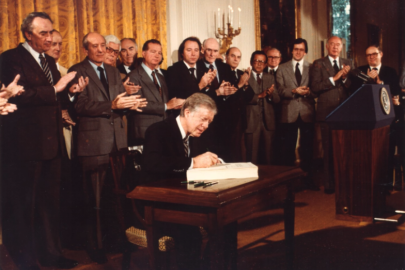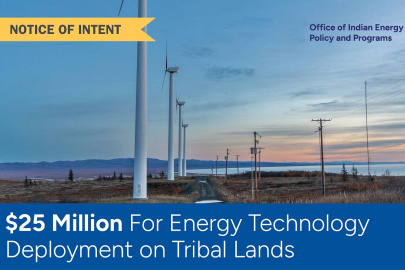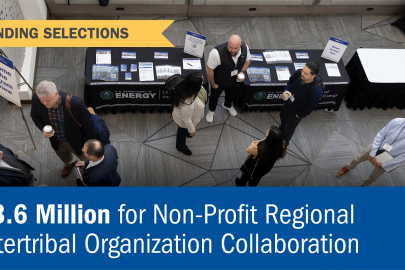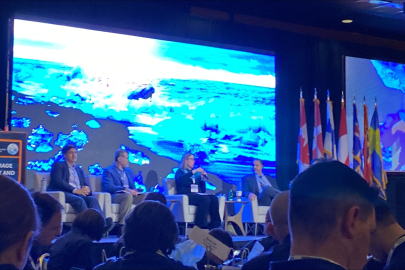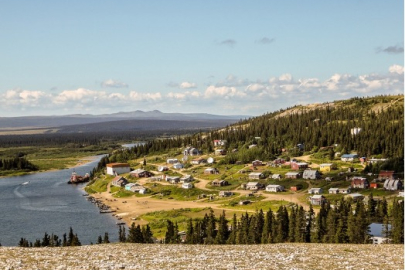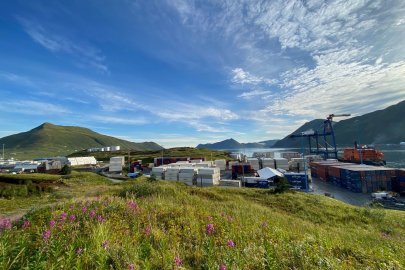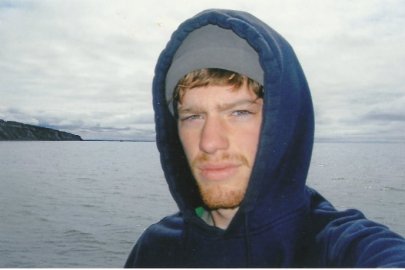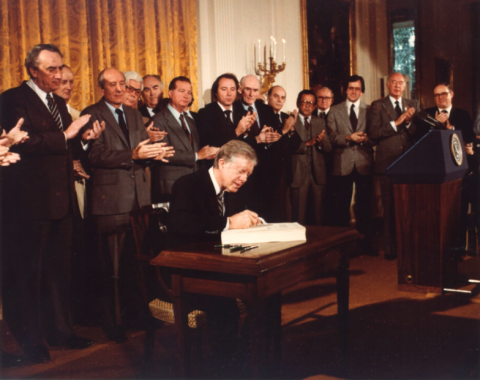
What was President Carter’s main impact on Alaska? How did his military career impact the Arctic? What’s enduring today from his time as President? Listen in to our latest Minute with Mike to find out.
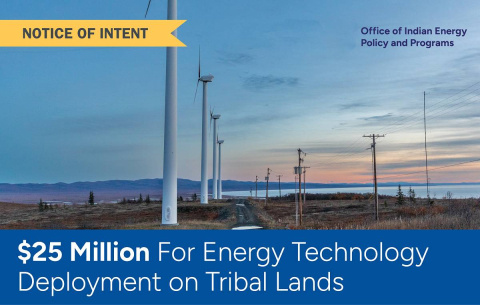
The U.S. Department of Energy issued a notice of intent to release a $25 million funding opportunity this spring to support energy technology deployment on Tribal lands.
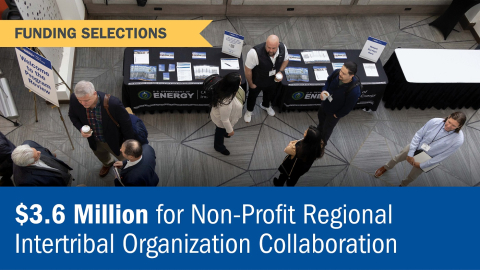
$3.6 Million Pilot To Increase Access to DOE Funding and Technical Assistance for Tribes
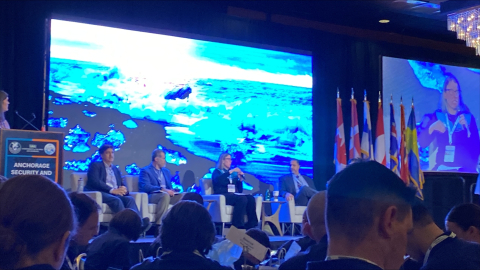
In this episode, Erin and Mike discuss a recap of the Anchorage Security and Defense Conference, an event held in Anchorage November 19-21, 2024.
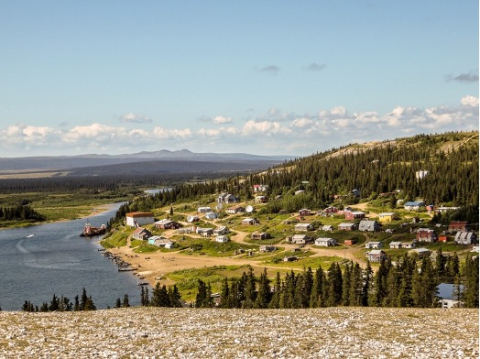
Hear from Arctic Energy Ambassador Amanda Tördal, Ambassador for the Bering Strait region, about the people who are dedicated to breaking the trail for the way forward for energy projects in her region.

The people that build, operate, and maintain nuclear power plants are highly trained, hard-working, and well-paid. But you don’t have to be an engineer to work in nuclear energy.
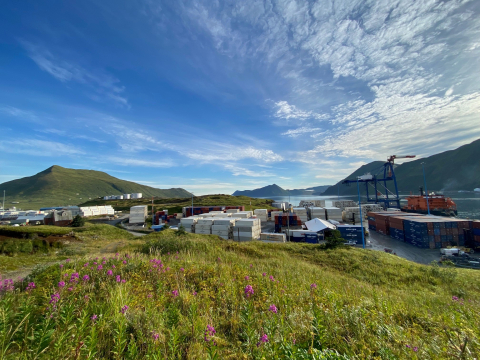
Investment in local energy projects can help stabilize energy prices, improve energy security, and foster local economic growth.
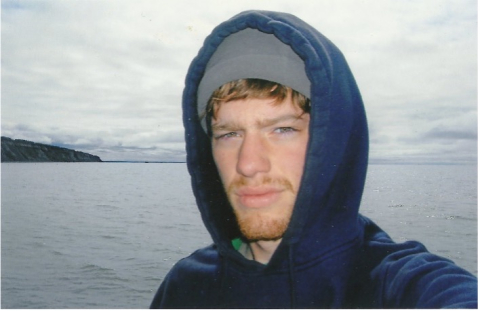
Meet David Brown, a contractor for DOE's office of Energy Efficiency and Renewable Energy who lived in Homer, Alaska, for two years and worked for a summer as a commercial fisherman in Bristol Bay.

Spark Squad Nuclear comic book explores the largest U.S. clean energy source — nuclear power.
Meet Rosie Ricketts, a Technical Project Officer with the Office of State and Community Energy Programs who settled in Alaska after serving there with the United States Air Force and lived there for 38 years.
Welcome to Minute with Mike! We'll be bringing you installments of conversations between Director Erin Whitney and Senior Advisor Mike McEleney on recent international engagements, history, and energy innovations in the Arctic.


